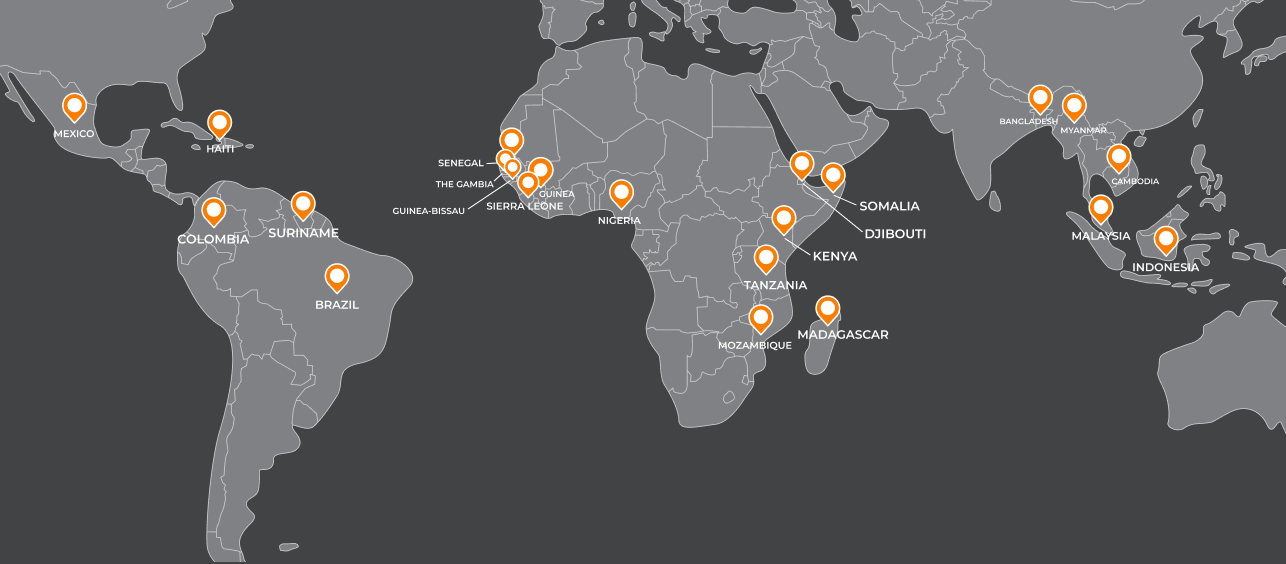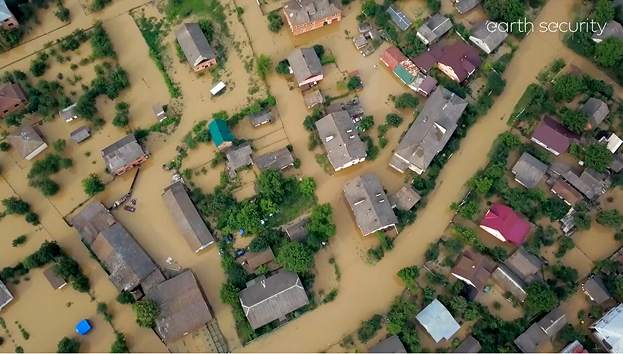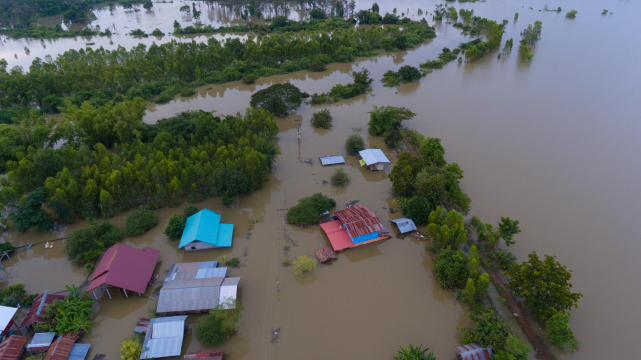New report reveals $246 billion of hydroelectricity depends on water provided by threatened tropical cloud forests
- More than two-thirds of planned hydropower dams in some of world’s poorest countries rely on unprotected cloud forest ecosystem, making nature protection essential to low-carbon energy transition.
- Harnessing a sustainable income stream from ‘water services’ in addition to carbon sequestration is seen as critical to enable these countries to keep their tropical forests standing.
- ‘Cloud Forest Bond’ is proposed to help governments achieve better finance terms in return for protecting valuable natural asset, underscoring need to go beyond ‘debt-for-nature’ swaps and help countries receive payments that recognise nature’s services.

London, 13 December 2022
As world nations pivot their attention from COP27 to COP15, Earth Security, a global specialist in climate and nature-based asset solutions, has revealed the value of little known and largely unprotected tropical cloud forests in a new report released today.
Cloud forests are mountain tropical forests, constantly shrouded in clouds, which sit at the headwater of river basins. They capture moisture from the air providing fresh, clean water to communities and industries, including vital water flows to hydropower plants. Over 90% of cloud forests are found in just 25 tropical developing countries (“cloud forest countries”)
The report, Cloud Forest Assets: Financing a Valuable Nature-based Solution finds that of the 979 hydropower dams currently operating in the 25 cloud forest countries, more than half depend on water from cloud forests, representing billions of dollars of electricity production that take nature’s ecosystem services for granted.
Of the 1,084 dams that are at various stages of planning to support the energy transition across these cloud forest countries, 684 – almost two-thirds – are set to rely on cloud forest water in the future, too. Most of these forests remain unprotected and, the report argues, should be treated by countries as part of their strategic green infrastructure.
These figures put the total value of hydroelectricity currently dependent on cloud forests across the 25 countries estimated at close to $118 billion when calculated over 10 years (or almost $12 billion per year), rising to an estimated $246 billion when the additional dams currently at planning stage are rolled out.
These figures suggest that cloud forests are crucial assets in the net zero transition and should be protected, yet many cloud forest countries are amongst the world’s poorest economies, facing the prospects of debt distress after the Covid-19 pandemic and the spiralling costs of food and energy imports. Without adequate finance, they will find it increasingly difficult to prioritise climate and biodiversity in the face of growing economic challenges.
Based on these findings, the report sets out proposals, developed in collaboration with banks, investors and natural-asset experts, to enable cloud forest countries to turn the protection of their forests into an income-generating initiative by creating new sustainable income streams that can bundle carbon sequestration with the water services that cloud forests provide, something that has not been attempted or achieved at scale successfully before.
The report’s proposals draw on small pilot initiatives that have intended to mobilise downstream users of water from cloud forests to pay for this service before, yet argues that to drive the necessary systems change, these mechanisms need to be developed as national payment schemes, that are applied as a fee to all current hydropower plants as well as those that are being planned and invested in that depend on these ecosystems, providing governments struggling with their debt levels an opportunity to rethink fiscal incomes from nature.
The report also sets out a blueprint for action to protect cloud forests as a type of vital green infrastructure, that includes:
- The development of a ‘Cloud Forest Bond’, with three design options
that are matched to the individual market circumstances of each of the 25 cloud forest countries (new bond issuances, debt-swaps, or results-based finance instruments). - The creation of a sovereign collective, The Cloud Forest 25 (CF25)
Investment Initiative, as a way of bringing countries, their creditors and multilaterals together to accelerate, and consolidate the progress that is needed at scale. - Helping companies and their investors operating industrial assets that depend on water from these ecosystems to move rapidly to identify exposures, develop risk disclosure mechanisms, and access green finance opportunities to build nature protection into their business models.
Alejandro Litovsky, founder and CEO, Earth Security, and lead author of the report said: “We have focused on cloud forests because of the potential for countries and companies to monetise the hydrological function of forests, and to develop new financial opportunities that reward nature protection. Combining the carbon sequestration and water services of cloud forests can almost double the economic value of keeping these forests standing. Banks and investors, hydropower operators and other water-intensive industries that benefit from cloud forests will recognise the value at risk from deforestation, and the role that cloud forests play in their resilience to droughts and climate change. For all stakeholders, you could say that this is probably the only time when ‘having your head in the clouds’ is the pragmatic thing to do.”
Professor Mark Mulligan of King's College London, one of the co-authors of the report, said: “Cloud forests are amongst the planet's most wondrous ecosystems, with their locally unique plant and animal species, their cloak of mosses and bromeliads and their frequent immersion by the clouds. This report shows that they are also very valuable from an economic perspective not least for their role in supporting downstream hydropower production. Finding environmentally sustainable and socially just mechanisms to support this green infrastructure is critical for cloud forests and for those economies they support.”
The Cloud Forest Assets: Financing a Valuable Nature-based Solution report completes phase one of a three-year project led by Earth Security and funded by the Swiss Agency for Development and Cooperation, UBS Optimus Foundation and HSBC to catalyse a new financing mechanism and global collaboration to harness the value of cloud forests. For this report, Earth Security collaborated with King’s College London and the scientific work developed by Dr Mark Mulligan. A pilot programme based on the report’s recommendations and findings will begin in 2023.
Download the full report here.
For further information or to arrange an interview, contact us here.
Learn more about the Cloud Forest Assets programme here.
Explore the reports
The Earth Security Index Reports provided in-depth analysis of critical themes across selected industries and market geographies, enabling investors to anticipate and respond to emerging global dynamics. Download and explore the full Earth Security Index reports:












































